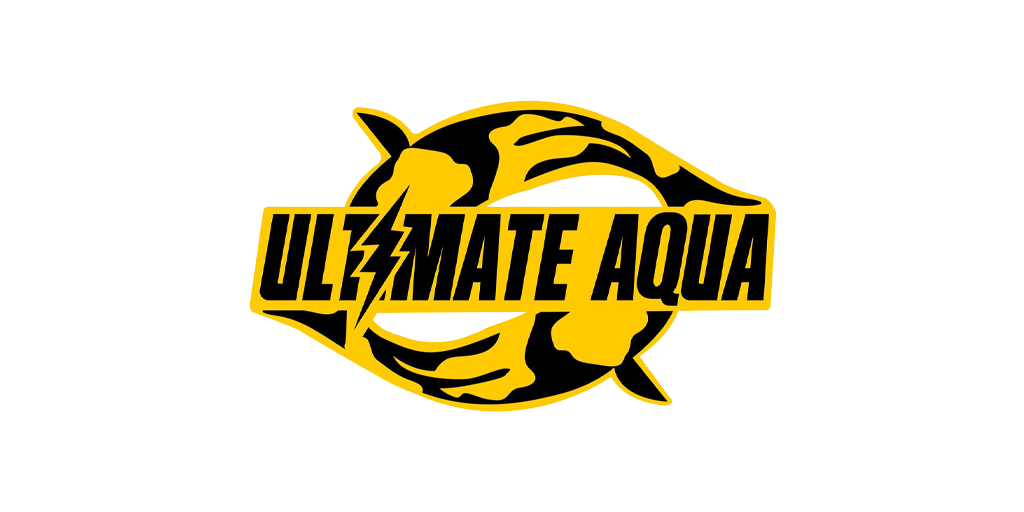Welcome to Ultimate Aqua, where we dive deep into the world of aquarium filtration. In this comprehensive guide, we'll explore the battle between two popular choices: the hang-on-back filter and the sponge filter. If you're wondering which one is better for your aquarium, you've come to the right place. Let's unravel the secrets of these filtration systems and help you make an informed decision.
What is a Hang-on-Back Filter?
Hang-on-Back Filter:
The hang-on-back (HOB) filter is a versatile and space-saving filtration system that hangs on the exterior of your aquarium. Its operational principle involves drawing water from the tank, channeling it through various filter media, and then returning the purified water back into the aquarium. Known for its user-friendly installation, the HOB filter is a popular choice among aquarists.
Advantages:
-
Easy Installation and Maintenance: HOB filters are known for their simplicity in both installation and maintenance. They can be easily attached to the back of the tank without the need for complex setups.
-
Efficient Mechanical and Chemical Filtration: HOB filters excel in mechanical and chemical filtration, trapping debris and removing impurities effectively.
-
Compact Design: With their space-saving design, HOB filters are ideal for aquariums with limited space.
-
Suitable for a variety of aquarium sizes.
Disadvantages:
-
Limited Biological Filtration: Despite their efficiency in mechanical and chemical filtration, HOB filters provide limited surface area for beneficial bacteria, affecting biological filtration.
-
Potential Strong Water Flow: Depending on the model, HOB filters may create a strong water flow, which could be unsuitable for certain fish species.
-
Noise Concerns: Some HOB filter models may produce noise, a factor to consider for aquarists who prefer a quieter environment.
What is a Sponge Filter?
Sponge Filter:
In contrast, the sponge filter is a straightforward, air-driven filtration system comprising a sponge that functions as both mechanical and biological filter media. As air is pumped through the sponge, water is drawn in, facilitating biological filtration through the colonization of beneficial bacteria.
Advantages:
-
Excellent Biological Filtration: Sponge filters shine in biological filtration due to the ample surface area provided for the growth of beneficial bacteria.
-
Gentle Water Flow: The gentle and consistent water flow of sponge filters makes them suitable for delicate organisms, fry, and small fish.
-
Cost-Effective and Low-Maintenance: Sponge filters are budget-friendly and require minimal maintenance, making them an attractive option for beginners.
-
Ideal for breeding tanks.
Disadvantages:
-
Limited Mechanical and Chemical Filtration: While excelling in biological filtration, sponge filters have limitations in mechanical and chemical filtration.
-
Space Occupancy: In larger tanks, multiple sponge filters may be necessary, occupying space within the aquarium.
-
Applicability Considerations: Sponge filters are commonly employed in specific setups such as breeding tanks, and their use may not be universal across all aquarium types.
The Difference Between Hang-on-Back Filter and Sponge Filter
Type of Filtration and Flow Rate:
When comparing HOB filters and sponge filters, the primary distinction lies in the type of filtration they emphasize and the flow rate they generate. HOB filters offer flexibility in adjusting flow rates to cater to varying tank needs, providing efficient mechanical and chemical filtration. In contrast, sponge filters provide a gentle and consistent flow, excelling in biological filtration.
Operation and Use:
User-friendliness is a significant factor in choosing a filtration system. HOB filters are renowned for their ease of use, making them suitable for a wide range of tank sizes and setups. Sponge filters, while also user-friendly, are often favored in specific environments such as breeding tanks or aquariums with small fish.
Maintenance:
Both HOB and sponge filters boast relatively simple maintenance routines. HOB filters require periodic cleaning of mechanical media, ensuring optimal performance. Sponge filters, on the other hand, need occasional rinsing or squeezing of the sponge to remove debris and maintain efficiency in biological filtration.
Which Tank is Suitable for Hang-on-Back Filter and Sponge Filter:
Choosing between a HOB filter and a sponge filter largely depends on the specifics of your aquarium. HOB filters are versatile and adaptable to various tank sizes and setups, making them a popular choice for general use. In contrast, sponge filters are particularly well-suited for smaller tanks and specialized environments like breeding tanks.
Price:
Cost considerations are crucial for many aquarists. Sponge filters, with their budget-friendly nature, appeal to beginners and those on a tight budget. HOB filters, while offering additional features, may require a higher initial investment.
Conclusion:
In the ongoing debate of Hang-on-Back vs. Sponge Filter, the optimal choice depends on the unique characteristics of your aquarium and your specific filtration priorities. Consider factors such as tank size, the type of fish you are keeping, and your filtration preferences when making your decision. If uncertainty persists, the experts at Ultimate Aqua are ready to provide personalized advice tailored to your aquarium's needs.
As we conclude this deep dive into the realm of aquarium filtration, remember that the health and happiness of your aquatic companions depend on the choices you make. For a wide array of aquarium supplies and expert guidance, visit Ultimate Aqua – your trusted partner in creating the perfect aquatic environment.
